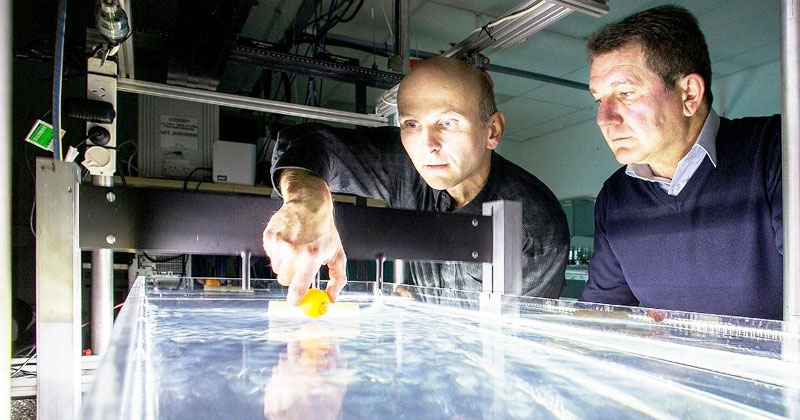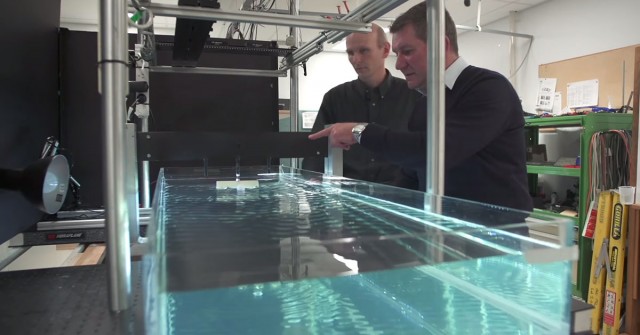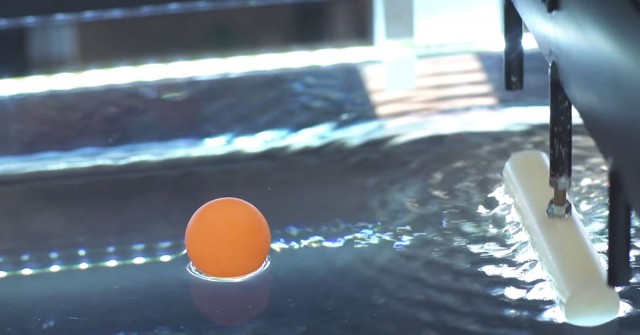The physics of waves is not new: in the nineteenth century, George Airy was the first scientist to describe the results of his work on wave theory. However, he was actually using a linear approximation of the “non-linear Navier-Stokes equations“ to describe the physics of fluids that nobody had so far managed to decipher. This is the famous “fluid mechanics” that governs how the liquids behave. George Stokes further deepened the work of his colleague George Airy, using non-linear modeling of fluid mechanics. Still, even with this considerable improvement in the wave theory, these equations are difficult to use without the use of ultra-sophisticated computers.
[youtube]https://www.youtube.com/watch?v=ZUYCkHWgVss[/youtube]
Through experiments and simulations, the scientists from the Australian National University have discovered a phenomenon that defies the mathematics of wave theory. They were able to change the trajectory of an object (in this case, a ping-pong) placed on water waves by generating thumbnails wavefronts. Simply put, the phenomenon works in the same way the magnetic fields of the Death Star in Star Wars works, the floating object is attracted to a point.
Researchers therefore face new unknowns, since according to the theory of Stokes drift, the movement of the transported material by a wave is undermined by the secondary wavefronts it is generatings. These secondary wavefronts make it difficult mathematically to predict the intensity and path of the transported material.



